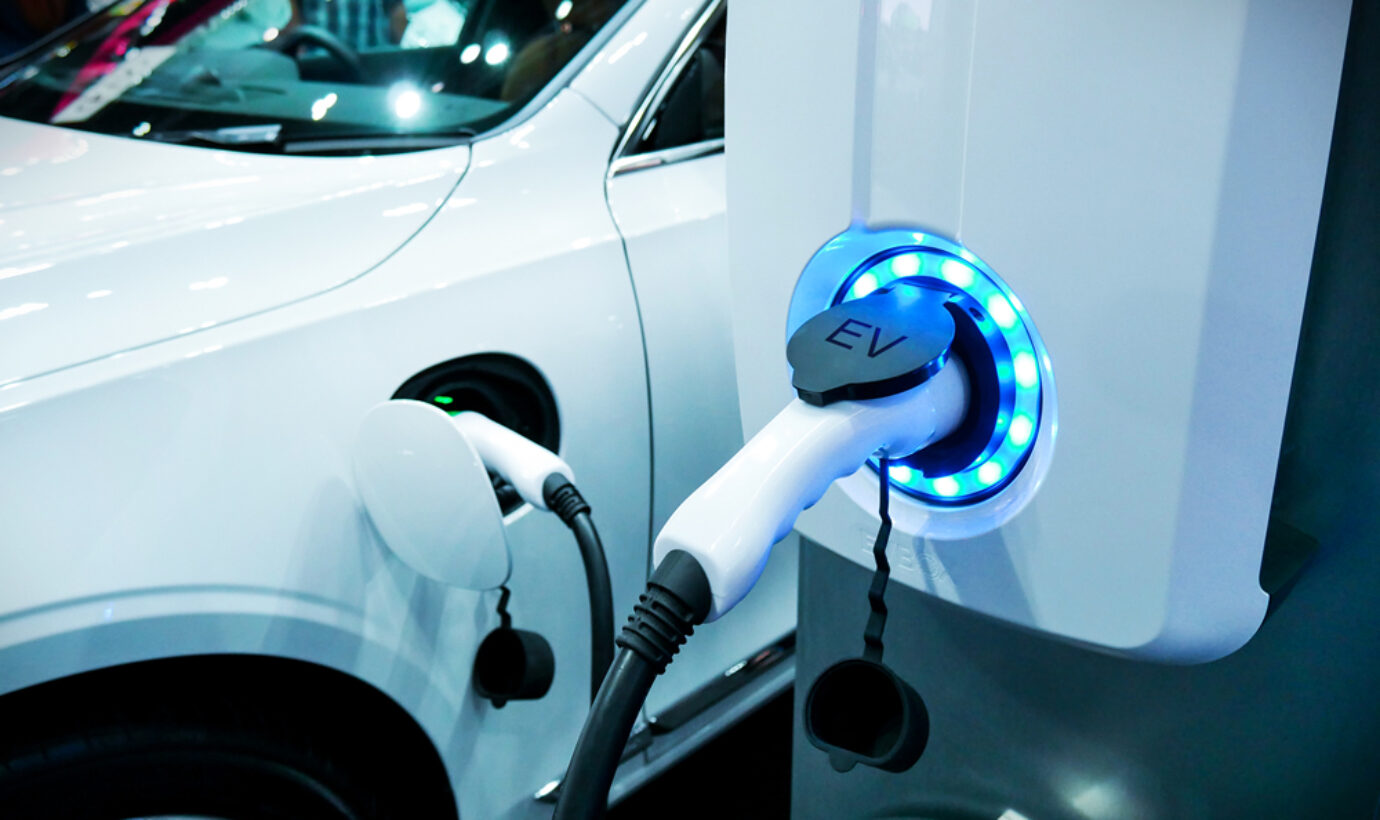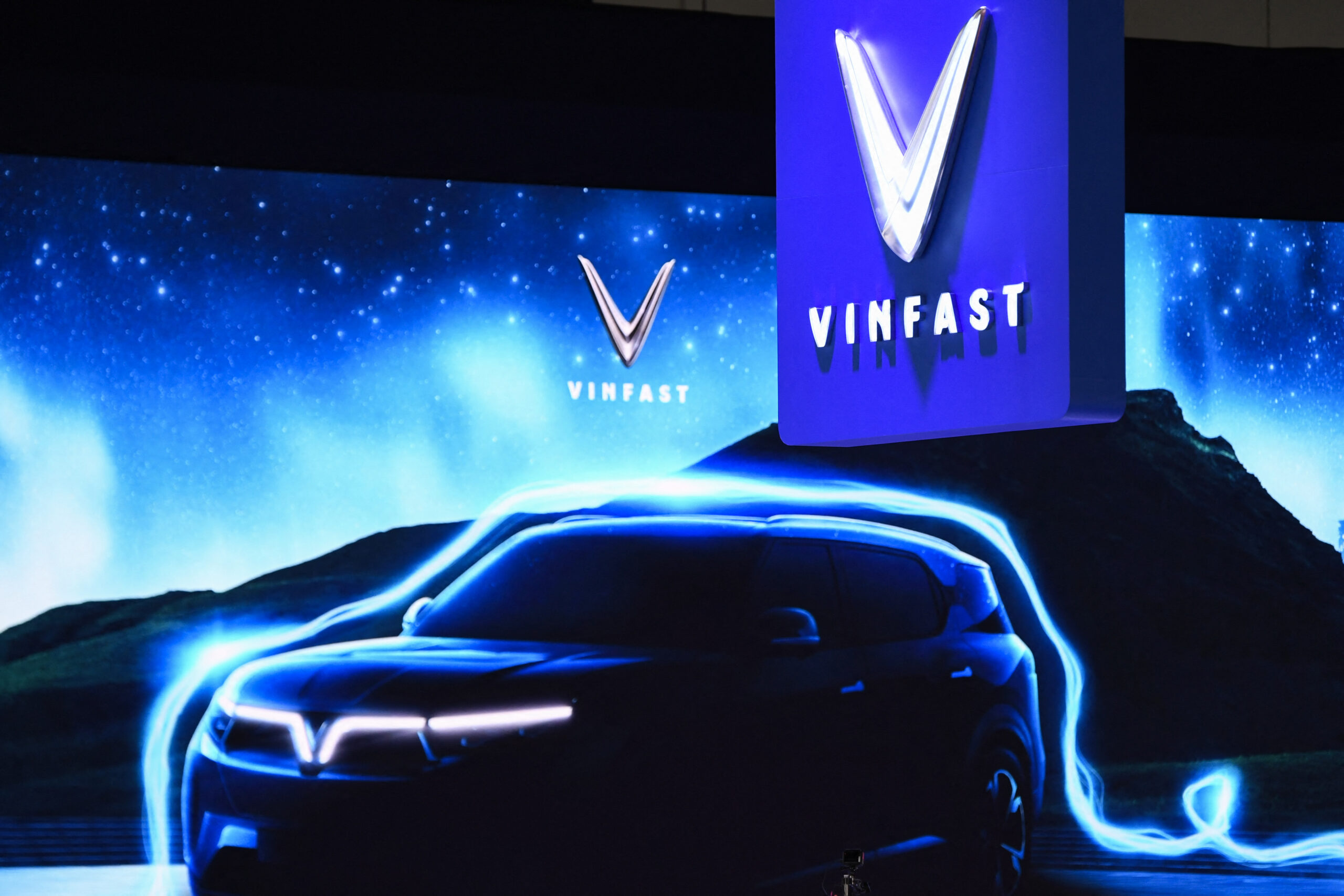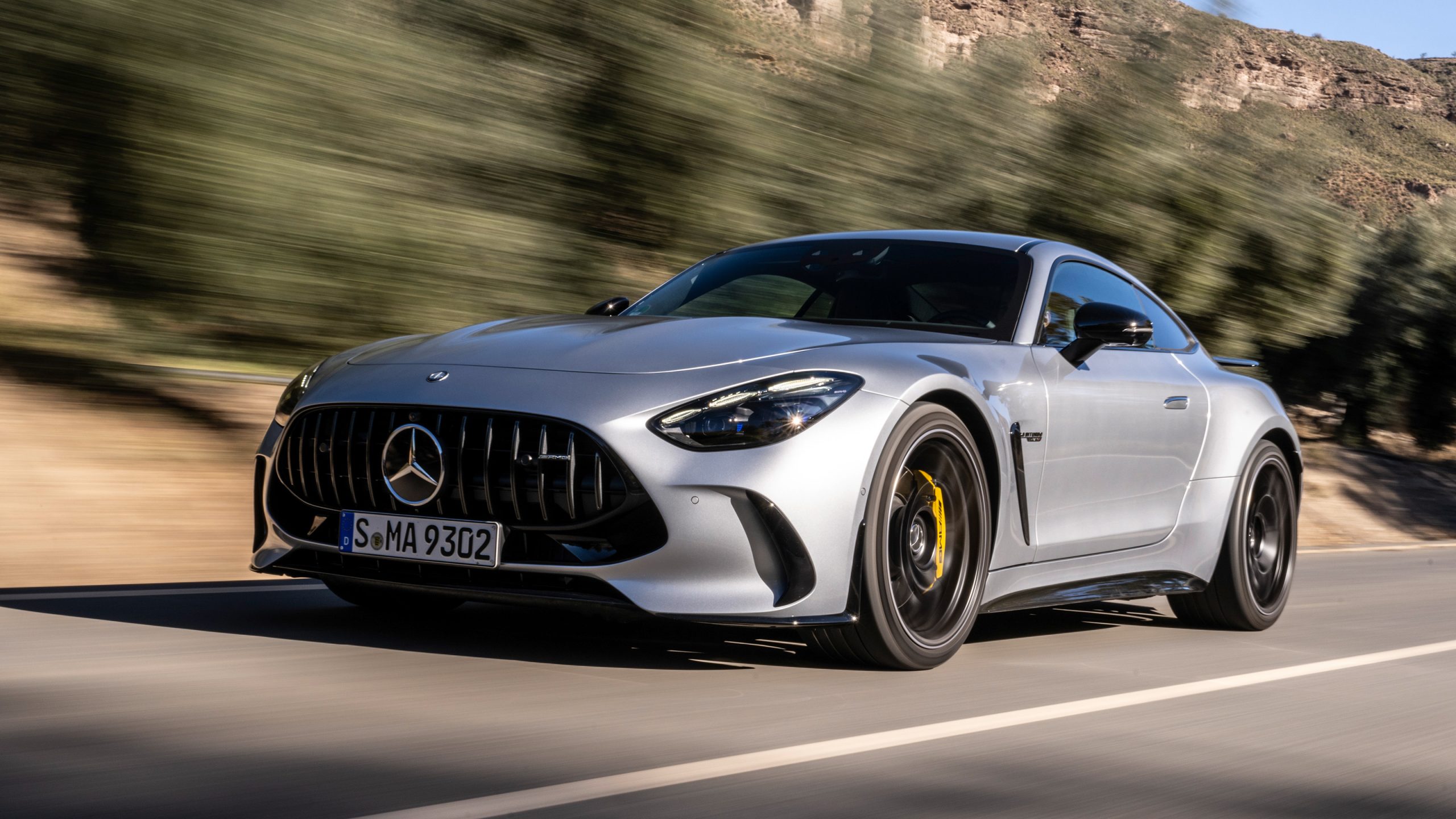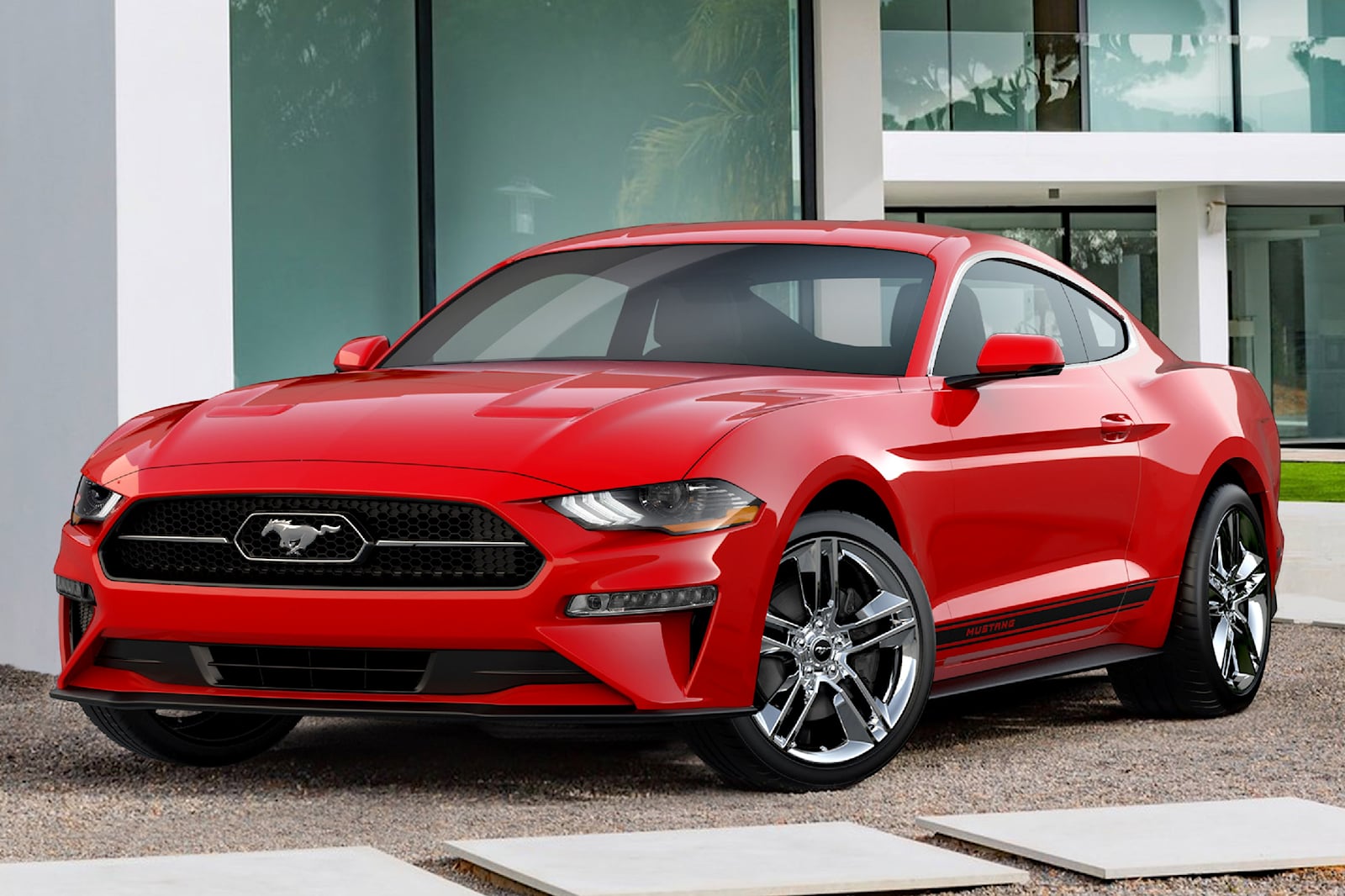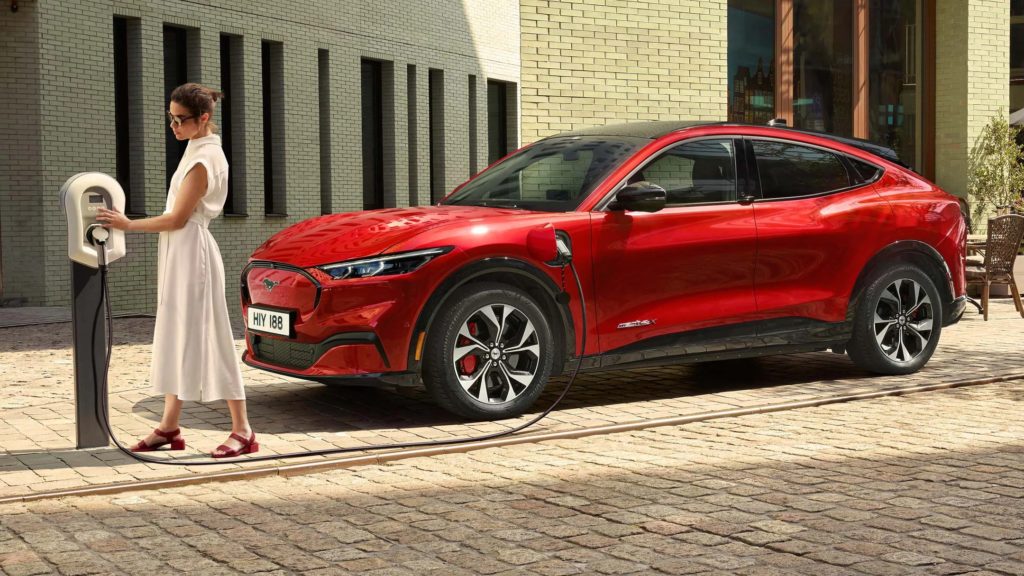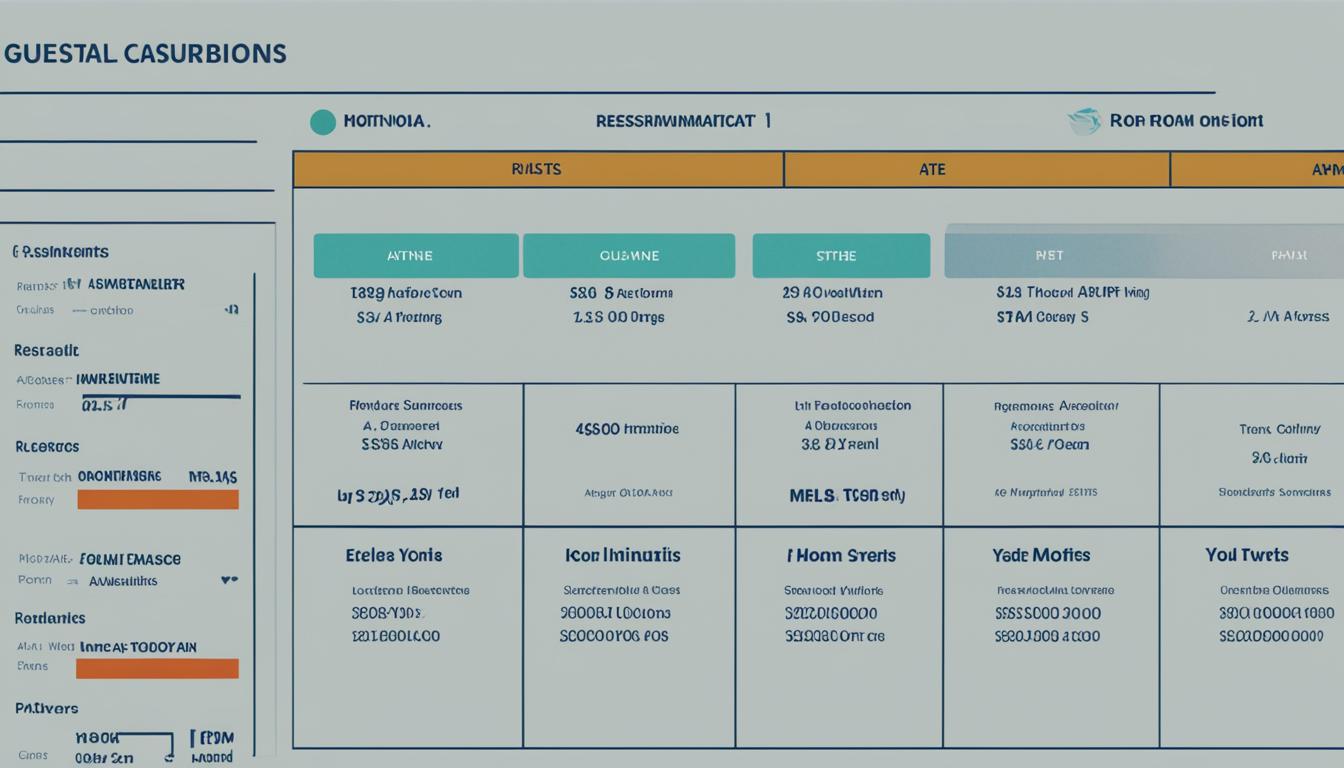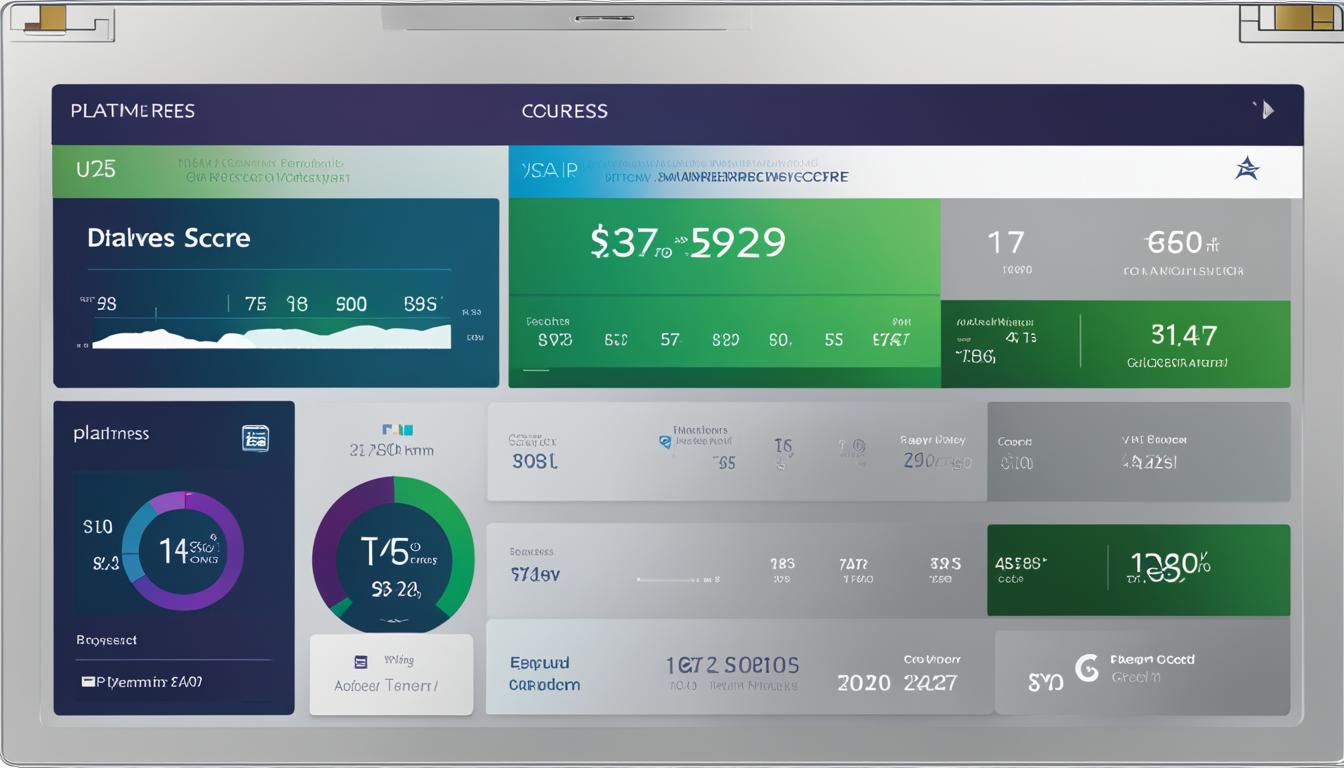The automotive industry has been buzzing with anticipation for the arrival of affordable electric cars. With the growing demand for sustainable transportation, consumers are eager for electric vehicles (EVs) that are both environmentally friendly and wallet-friendly. However, despite the clamor for a $25,000 EV, mainstream automakers seem unable or unwilling to meet this demand. In this article, we’ll explore the challenges and roadblocks that are hindering the production of affordable electric cars and how the market landscape is shaping up.The Reality of $25,000 Electric Cars: A Distant Dream
The Profitability Challenge
One of the main reasons why mainstream automakers are reluctant to manufacture $25,000 EVs is the profitability challenge. While the demand for affordable electric cars is high, the profit margins on these vehicles are often too slim to convince companies to invest in their production. Automakers are constantly seeking higher profit margins, which is why they have shifted their focus to SUVs and pickup trucks in recent years. These vehicles offer larger profit margins compared to sedans, making them more attractive from a business perspective.
Volkswagen’s Electric Endeavors
Volkswagen, a prominent player in the automotive industry, is one of the manufacturers working on affordable electric cars. The company has plans to introduce two electric models, namely the ID.2 and ID.1, which will be priced below €25,000 and €20,000 respectively. These models are expected to be comparable in size to the Volkswagen Polo and Volkswagen Up!.
However, the road to market for these affordable EVs seems to be a long one. According to a report from Auto, Motor und Sport, it is projected that the ID.2 will not be available for sale until 2026, with a public introduction expected in the fall of 2025. The production of the ID.2 is also delayed, with production not expected to commence until May 2026. The pricing of the ID.2 has also seen changes due to factors such as the increase in raw material prices and inflation.
The Impact of Emissions Standards
Another factor influencing the timeline for affordable electric cars is the upcoming EU7 emissions standard. The standard is reported to be less stringent than initially expected, allowing small cars with combustion engines to remain on the market at significantly lower prices than their electric counterparts. This creates competition for affordable electric cars in the market.
Competitors in the Market
Volkswagen is not the only player in the race for affordable electric cars. Other manufacturers are also vying for a share of the market. Citroën has already started accepting orders for its ë-C3, a city car priced at €23,300. Renault plans to launch the R5, priced at €25,000, by the end of 2024. Additionally, Renault has announced the arrival of an electric Twingo, priced below €20,000, scheduled for 2025. With these competitors in the market, Volkswagen’s ID.2 will face stiff competition from both Chinese and European manufacturers.
Tesla’s Elusive $25,000 Model
Tesla, known for its innovative electric vehicles, has also been the subject of rumors regarding a $25,000 model. However, there is little indication that Tesla is close to producing such a vehicle. During an earnings call, Elon Musk mentioned that high-interest rates were slowing down plans to build the car in Mexico. Speculation has also arisen about potential production locations in Austin, Germany, or even China. China already has several inexpensive electric cars available from various companies, including BYD.
The Roadblocks Within Tesla
The delay in Tesla’s $25,000 model has raised questions about the company’s priorities. In September 2020, during Battery Day, Elon Musk expressed confidence in the company’s ability to produce a $25,000 EV within three years. However, the lack of progress on this front has cost Tesla its global electric car sales crown, with BYD taking the lead. According to a Bloomberg Hyperdrive article, Musk himself may have hindered progress on the project due to his fixation on building robotaxis.
Musk’s resistance to moving forward with the low-priced car, as described in Walter Isaacson’s biography, is puzzling. Musk’s original vision for Tesla included a wide range of models, including affordable family cars. However, the company currently only offers four consumer models, with the latest addition, the Cybertruck, starting at over $120,000. Isaacson’s book also mentions Musk’s insistence on designing a fully autonomous car without a steering wheel or pedals, which further delayed the project.
The Global Need for Affordable EVs
The demand for affordable electric cars is a global phenomenon. Consumers worldwide are seeking quality electric vehicles that are priced within reach. However, the market response in different regions varies. In the United States, there appears to be little interest from major automakers in the affordable segment. Ford and GM are heavily focused on trucks, while Stellantis is primarily targeting Jeep and Ram pickups. Although GM has promised “affordable” electric cars, their price points often exceed expectations. The second-generation Bolt EUV, for example, may not fulfill the needs of Americans seeking truly affordable electric cars.
China’s Dominance in the Affordable EV Market
While the United States lags behind in the percentage of electric cars on the road, China is poised to dominate the market for affordable electric vehicles. Chinese companies have been producing and offering inexpensive electric cars for some time. The abundance of affordable electric models from various manufacturers in China puts pressure on other countries to keep up. Eventually, trade restrictions may be overwhelmed by the competition from Chinese companies, leading to a possible bailout scenario for established automakers who find themselves unable to compete.
Conclusion
The dream of a $25,000 electric car remains elusive for now. Mainstream automakers are grappling with the profitability challenge, making them hesitant to invest in affordable electric vehicle production. Volkswagen is working on the ID.2, but its arrival is expected to be delayed until 2026. Tesla, on the other hand, has yet to deliver on its promise of a $25,000 model. The global market for affordable electric cars is dynamic, with China emerging as a dominant force. As consumers eagerly await affordable electric options, the industry must overcome various challenges to meet the growing demand for sustainable and accessible transportation.



